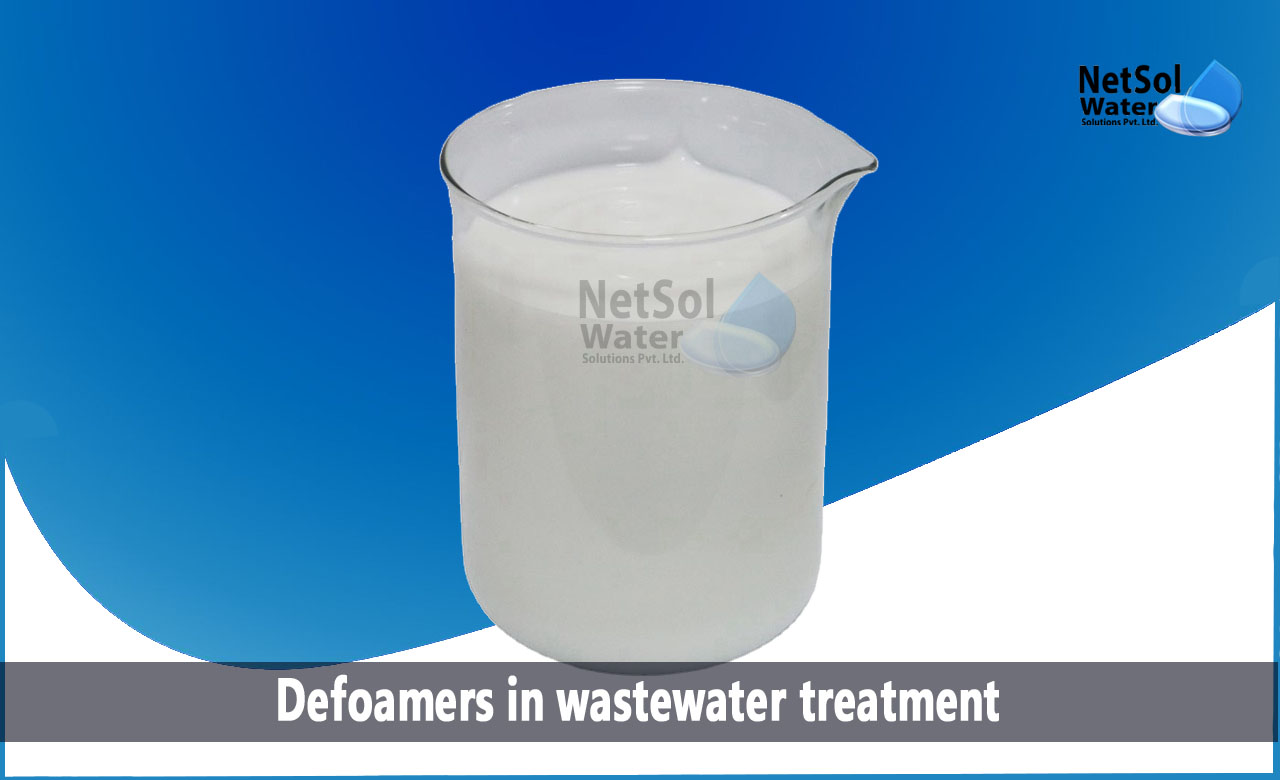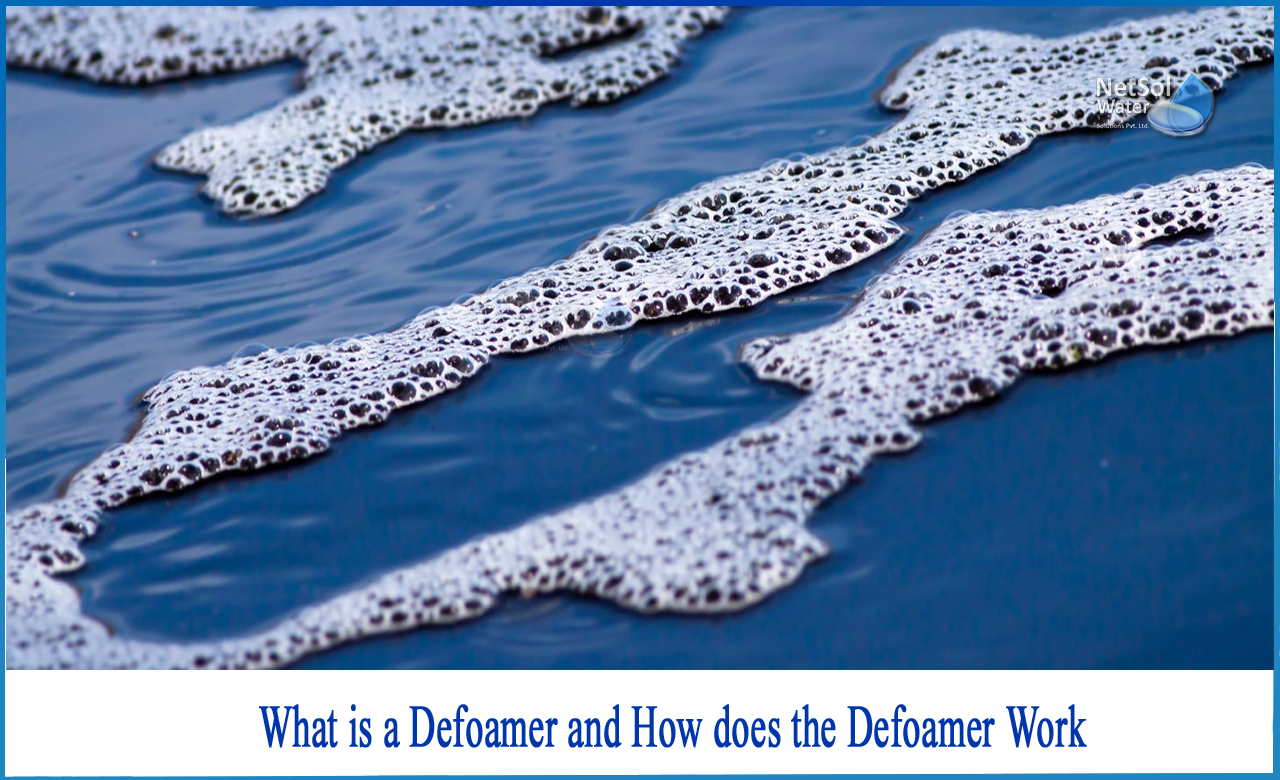Picking the Right Defoamer for Your Specific Application Needs
Choosing the suitable defoamer for particular application requirements is a nuanced procedure that demands cautious factor to consider of several elements, such as the foam type, operating, and tool problems. Recognizing the subtleties of defoamer performance-- including rate and determination-- while additionally accounting for environmental and governing aspects is critical.
Understanding Foam Development
Foam formation takes place when gas is caught within a fluid, producing a stable structure of bubbles. This phenomenon can considerably impact different commercial procedures, especially in industries such as food production, drugs, and wastewater treatment. The visibility of foam can hinder mixing, decrease product top quality, and even cause operational inadequacies.
Foam usually develops because of a combination of factors, consisting of surface-active agents, frustration, and the characteristics of the liquid phase. Surfactants reduced the surface tension of the fluid, promoting the formation of bubbles that can integrate and maintain. Anxiety, whether from mechanical mixing or gas introduction, improves bubble development, causing boosted foam volume.
Comprehending the mechanics of foam formation is essential for industries intending to optimize their processes. By recognizing the particular conditions that promote foam generation, companies can execute methods to reduce its impacts.
Kinds Of Defoamers Available
Different sorts of defoamers are readily available to deal with the difficulties presented by foam in commercial applications. defoamers. Broadly identified, defoamers fall right into three categories: silicone-based, non-silicone-based, and all-natural defoamers
Silicone-based defoamers are renowned for their efficiency and security throughout a variety of temperatures and pH levels. They are usually used in applications where strong foam reductions is required, such as in adhesives, paints, and finishes. Their low surface area stress permits for fast foam collapse.
Non-silicone-based defoamers, typically made from organic substances, provide an alternative for applications delicate to silicone residues. These defoamers can be further separated right into polyether and ester types, each customized to fulfill particular formulation demands. Non-silicone defoamers are regularly used in food processing and individual treatment products because of their compatibility with numerous formulas.
Natural defoamers, originated from plant or animal sources, are gaining grip as a result of their eco-friendly account. These products are specifically appealing in applications where regulative conformity and sustainability are extremely important, such as in agrochemicals and biotechnology.
Picking the ideal kind of defoamer is important for optimizing performance and making sure compatibility with details applications.
Secret Application Factors To Consider
When selecting a defoamer, it is vital to think about the certain application needs to ensure ideal efficiency. defoamers. Various sectors have unique requirements, such as food handling, drugs, or wastewater treatment, and each application may require special defoaming properties
Key factors to assess consist of the tool in which the defoamer will certainly be utilized, whether it is water-based, oil-based, or a mix thereof. The temperature level and pH degrees of the application can likewise considerably affect the efficiency of a defoamer. In addition, compatibility with various other chemicals existing in the system is vital to prevent unfavorable responses that can endanger performance.
One more crucial consideration is the frothing actions of the particular system. Recognizing whether the foam develops quickly or slowly can direct the selection of a defoamer that targets the root reason effectively. The preferred rate of defoaming can affect the option, as some applications require quick action while others may endure slower defoaming processes.
Lastly, regulative and ecological considerations should not be forgotten, especially in industries with rigorous conformity requirements. Choosing a defoamer that straightens with these elements makes certain both performance and security in the application.

Performance Screening Techniques
Examining the efficiency of a defoamer requires an organized technique to testing that accurately gauges its efficiency in particular applications. Various efficiency testing techniques can be utilized to identify the ideal defoamer for a given formula.
One common technique is the bubble test, which reviews the defoamer's capability to reduce foam volume over time. This test Full Article entails generating a steady foam and then adding the defoamer to observe the rate of foam collapse.

Eventually, picking the suitable efficiency testing technique relies on the particular application and the sort of foam being attended to. Each method provides valuable information that can assist solution adjustments and boost the effectiveness of check my blog the defoamer in functional applications.
Best Practices for Selection


Next, consider the defoamer's efficiency in terms of speed of read here action and determination. A quick-acting defoamer may be required for processes where rapid foam reductions is important, while a more persistent solution may be required for prolonged foam control. Additionally, review the environmental influence of the defoamer, including its biodegradability and any regulatory compliance requirements.
Conduct trials with picked defoamers to determine their performance in real-world conditions. This step is important to verify that the picked product fulfills performance assumptions. Consult with suppliers or providers for technological assistance and assistance, as they can give important understandings right into item formulations and application methods. By sticking to these best techniques, you can improve foam control performance and ensure the durability of your processes.
Final Thought
In summary, choosing the appropriate defoamer demands a comprehensive analysis of numerous aspects, including foam kind, medium, operating problems, and environmental considerations. Comprehending the special attributes of foam formation and the offered defoamer options is critical.
Selecting the suitable defoamer for details application requirements is a nuanced process that requires careful factor to consider of multiple aspects, such as the foam operating, type, and tool problems.Selecting the best defoamer is vital for accomplishing optimum efficiency in foam control applications. A quick-acting defoamer may be essential for processes where fast foam suppression is crucial, while an extra persistent solution may be needed for prolonged foam control.In summary, picking the ideal defoamer necessitates a detailed assessment of various elements, consisting of foam kind, medium, operating problems, and ecological factors to consider. Understanding the distinct characteristics of foam formation and the offered defoamer alternatives is crucial.